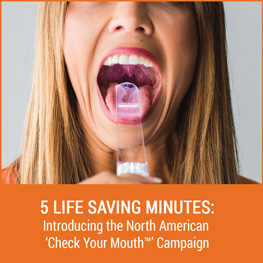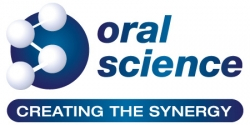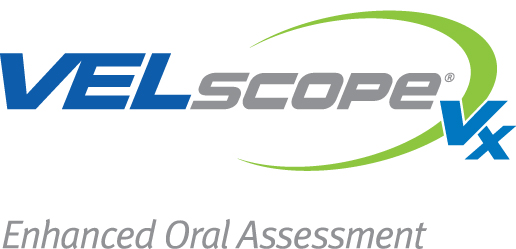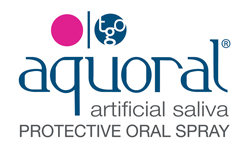May 2018 • Jo-Anne Jones, RDH • Oral Health Magazine • Oral Hygiene
5 LIFE SAVING MINUTES: Introducing the North American ‘Check Your Mouth™’ Campaign
At the time of writing this article, the Check Your Mouth™ campaign is growing exponentially. The North American launch of the public campaign in February of this year has been a long awaited aspiration of the Oral Cancer Foundation and specifically of the founder, Brian Hill, a stage IV oral cancer survivor himself. The emergence of Throat Scope, the world’s first all in one illuminated tongue depressor on the market, would become the ideal tool to facilitate an effective self-examination for the public campaign. The partnership of the Oral Cancer Foundation and Throat Scope supported strongly by the Canadian Dental Hygienists Association and the American Dental Hygienists Association has created an organically driven movement across North America.
Why is this campaign so necessary? The key to saving lives is earliest possible discovery of an abnormal finding. When an oral lesion is discovered in the early or localized stage, five-year survival rates are impacted significantly accompanied by an improved quality of life for survivors1 (Table 1). Oral and oropharyngeal cancer are still found at the later stage primarily due to lack of public awareness and the lack of routine opportunistic screening programs being employed.
The Check Your Mouth™ campaign provides our professional community with a tangible resource to make positive inroads on earlier discovery of oral and oropharyngeal cancer.
The concept of in home self-examination of the head and neck and inside the oral cavity follows other successful models such as ‘Do You Know Your ABCDE’s?’ initiated by the Skin Cancer Foundation. 2 The concept was to educate the public on examining their skin and taking note of any new moles or growths, and any existing growths that undergo change and/or symptoms. Public awareness and education are the key critical components to drive earlier discovery whether it be melanoma or oral cancer. This by no means detracts from the importance of a
regular professional oral cancer screening. It in fact reinforces the importance of it.
The incidence of oral and oropharyngeal cancer continues to increase each year. The often optimistically and confounding statistic is the improved five-year survival rate; “the survival number at five years from diagnosis was for many decades about 50%” and presently 57% “so 57% is an improvement over the last ten years”.3 The cause of this improved rate is not due to increased or improved screening techniques aiding in earlier discovery or medical discoveries leading to superior treatment outcomes. It is directly correlated to the increase in incidence of a different etiologic pathway causing an escalation of oral and oropharyngeal cancers that react more favorably to treatment modalities resulting in increased survival rates.
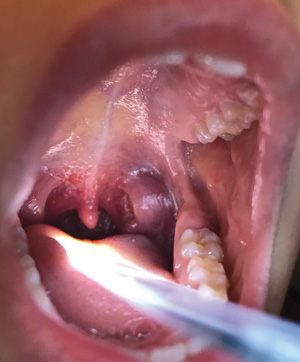 For the large part, the North American population is unaware of the risk factors the lead towards oral cancer. Historically smoking and alcohol have been the two most well-known etiologic pathways. Many feel that if they are nonsmokers and non-drinkers, they will not possess an inherent risk for oral and/or oropharyngeal cancer. This new pathway and fastest growing profile is caused by a very common virus, the Human Papillomavirus (HPV). HPV is fueling an epidemic of oral and in particular oropharyngeal cancers in a much younger age group. Because of the prevalence of the virus, almost every sexually active person is exposed to the cancer-causing strains of the virus as they begin to engage in sexual activity. The greater the number of partners, the greater the risk, however it may be the first sexual partner that initiates contact with a high-risk strain. It is important to note that there are over 200 strains of the Human papillomavirus of which nine have been identified to be oncogenic or cancer causing. HPV-16, a high-risk strain, accounts for the vast majority of oral and oropharyngeal HPV-related cancers. It is through a persistent infection with a highrisk strain, such as HPV-16 that presents an increased risk for a transformation to malignancy. For most, the virus like the common cold, is dealt with and cleared by a functioning immune system. “There is no recommended clinical indication for oral human papillomavirus screening to evaluate the risk of developing oropharyngeal cancer.”3 To this point, there is the possibility of elevating unnecessary anxiety through more testing over something that will likely resolve on its own in the vast majority of individuals.
For the large part, the North American population is unaware of the risk factors the lead towards oral cancer. Historically smoking and alcohol have been the two most well-known etiologic pathways. Many feel that if they are nonsmokers and non-drinkers, they will not possess an inherent risk for oral and/or oropharyngeal cancer. This new pathway and fastest growing profile is caused by a very common virus, the Human Papillomavirus (HPV). HPV is fueling an epidemic of oral and in particular oropharyngeal cancers in a much younger age group. Because of the prevalence of the virus, almost every sexually active person is exposed to the cancer-causing strains of the virus as they begin to engage in sexual activity. The greater the number of partners, the greater the risk, however it may be the first sexual partner that initiates contact with a high-risk strain. It is important to note that there are over 200 strains of the Human papillomavirus of which nine have been identified to be oncogenic or cancer causing. HPV-16, a high-risk strain, accounts for the vast majority of oral and oropharyngeal HPV-related cancers. It is through a persistent infection with a highrisk strain, such as HPV-16 that presents an increased risk for a transformation to malignancy. For most, the virus like the common cold, is dealt with and cleared by a functioning immune system. “There is no recommended clinical indication for oral human papillomavirus screening to evaluate the risk of developing oropharyngeal cancer.”3 To this point, there is the possibility of elevating unnecessary anxiety through more testing over something that will likely resolve on its own in the vast majority of individuals.
The HPV etiologic pathway does present its challenges clinically. Typically occurring in posterior anatomical areas including the lingual and palatal tonsillar areas, posterior base of the tongue, soft palate and oropharyngeal area presenting a challenge in gaining visual access. A dedicated light source and magnification through the use of loupes are essential tools to visually evaluate soft tissues of the oral cavity and accessible oropharyngeal areas. Equally important is the employment of tactile palpation wherever anatomically possible for all extraoral and intraoral anatomical areas.
You can read the full article now or save it to read late by clicking and saving the PDF below.
Acknowledgements: Article used with permission and thanks to ORAL HYGIENE Magzine. See more at Oral Health Group

